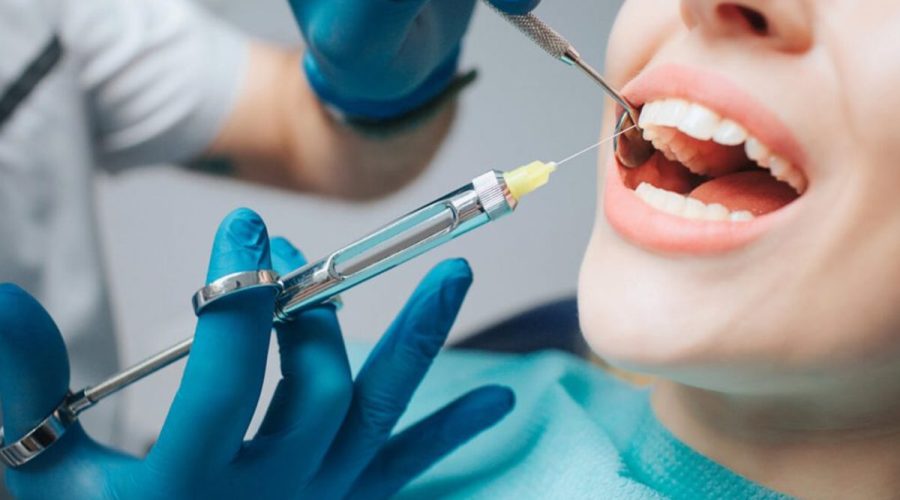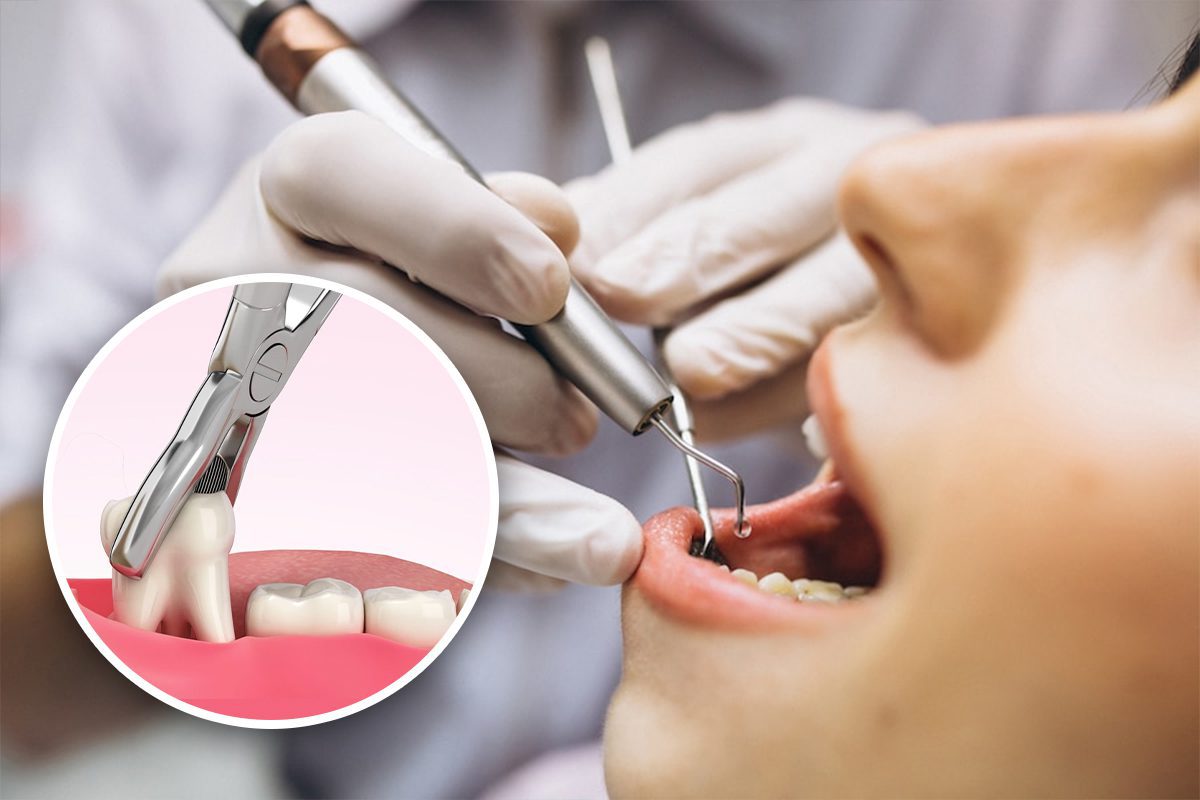Do you have a dental appointment in a few days? If it’s your first time, you may have various questions regarding the anesthesia administered during dental treatment. Around 30% of people feel concerned or anxious about the pain during dental procedures. Due to anxiety, patients can delay their treatment or cancel them altogether, which could have serious implications.
There’s nothing to worry much about in dental treatment under anesthesia. For, anesthetics have been a major part of medical procedures for over 150 years. Even today, it is vital for making patients feel comfortable during dental procedures.
However, it is confusing to choose apt anesthesia for dental treatment because of the availability of various anesthesias. Here, we share vital information about dental anesthesia to make you feel confident about your upcoming appointment.
Types of Anesthesia Used in Dental Treatments
Dental anesthesia is mainly of three types: general, local, and sedation.
Local Anesthesia: According to the American Dental Association (ADA), local anesthesia prevents pain in the targeted area within your mouth. It works by blocking the pain transmitting nerves to stop sending pain signals to the brain. Topical anesthesia is essentially administered to numb a specific area before a dentist injects a local anesthetic.
Sedation: There are many sedation levels – from minimal to deep. The minimal sedation level uses aesthetic localization with a soothing impact of the “laughing gas.” However, deep sedation means a complete lack of consciousness with the patient’s ability to wake up if needed. Sedation also relieves anxiety in patients. It is also helpful in other involved dental work like dental implantation or wisdom teeth removal.
General Anesthesia: General anesthesia means putting a patient to sleep during surgery. This particular type of anesthesia affects the entire body of a patient. It keeps a patient in an unconscious, relaxed state for undergoing a process without awareness of the ongoing dental treatment. General anesthesia ensures that the patient does not wake up during the treatment.
Typically, a dentist determines the right dental anesthesia for the varying needs of distinct people.
Uses of Anesthesia
Here are different uses of the three types of anesthesia:
Local Anesthesia: It is useful for soothing mouth sores. On the other hand, local anesthesia is useful during other dental works like oral surgery, filling cavities, treating gum disease, or preparing teeth for the crown.
Sedation: It is useful during wisdom tooth removal and dental implantation.
General Anesthesia: It is mainly used during dental implant placement, wisdom tooth removal, and other major oral surgical procedures.
Side Effects of Dental Anesthesia
Dental anesthesia can have various side effects, depending on the anesthetic type used for a dental procedure. General anesthesia involves more risks compared to local/topical anesthesia or sedation. The reactions may even vary per the individual factors.
Some common side effects of using general anesthesia and sedation are:
- Vomiting or nausea
- Sweating or shivering
- Headache
- Slurred speech
- Dizziness
- Hallucinations, confusion, or delirium
- Numbness
- Tiredness
- Pain at the injection site
- Sore throat or dry mouth
- Vasoconstrictions can lead to blood pressure and heart problems
- Lockjaw (trismus) due to surgical trauma, as it reduces the jaw opening temporarily
These are some common side effects of using anesthetics. It is best to ask a dental care team about the medication to reduce the side effects.
Conclusion
Every year, dentists treat numerous patients safely using anesthesia. Your dentist can better guide you about the anesthesia suitable for your dental treatment. Also, understand the risks and benefits of using particular dental anesthesia. Make sure to go to an experienced dental professional to remain comfortable, relaxed, and healthy during and after the dental procedure.




